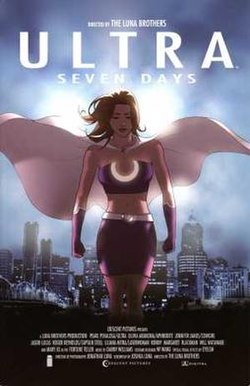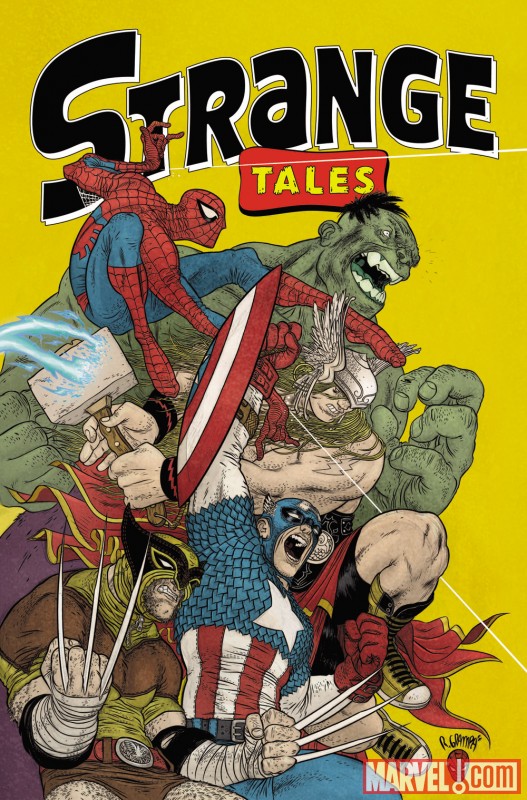 by Fábio Moon and Gabriel Bá
by Fábio Moon and Gabriel BáIf I were to make a list of newcomers to the comics field that have excited me the most over the last five years, I would put Bá and Moon right at the top. Their recent Vertigo series Daytripper was probably the best mini-series of the year, and their other comics work, like Casanova
Being aware of all this, I was very tempted to see their earlier work, which has just been republished in a hardcover edition of a trade that Dark Horse put out about four years ago. De:Tales
The book is tagged "Stories from Urban Brazil", and that Brazilian flavour informs all of the work herein, most notably in 'Outras Palavas', the final piece, which basically shows the interconnectedness of lovers in nighttime São Paolo through a detailed rendering of complex electrical hook-ups among other things.
Most of the stories share the same few themes. One or another of the brothers (most of the tales, if not autobiographical, feature the twins) is almost always meeting a new girl, the stories brimming with the possibilities of new love, or the bitter loss of an old one. There is a suggestion that romances are fated or preordained. The whole thing is very Latin American.
The brothers show their South American routes in another way; their use of magical realism is natural and almost constant. An old friend is brought back from the dead to celebrate his birthday in one story, and in the books introductory tale, the brothers share the same dream.
One thing that makes the book fascinating is the way the two switch off their roles; the alternating art duties can be recognized, although it is much harder to tell which brother is writing. In 'Reflections I' and 'Reflections II', the same story is told, albeit by a different artist each time. The story is very Borgesian - about a man who keeps meeting himself while standing at a urinal in a bar - and it's curious to see how each twin approaches it from an artistic standpoint.
Most of the stories here are merely good on their own, but when read together, they develop a portrait of a pair of very talented cartoonists at the beginning of their careers. This is well worth picking up.























